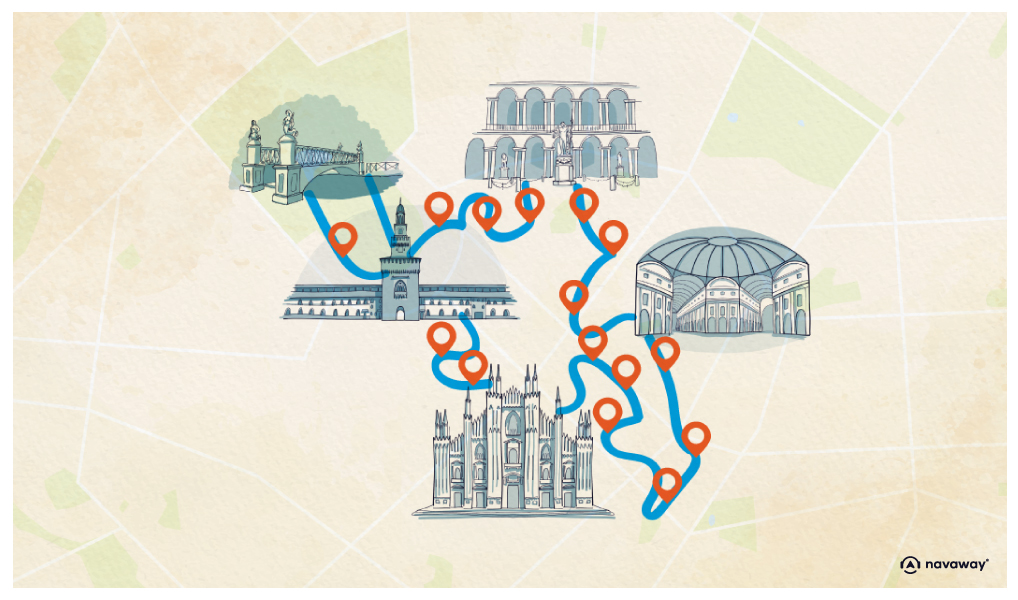
Galleria Vittorio Emanuele II
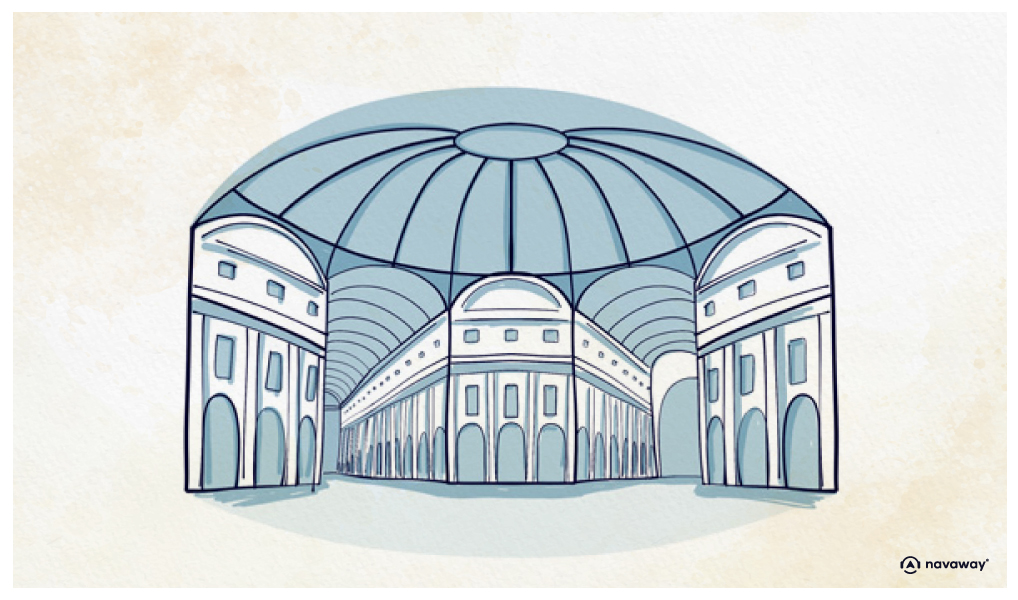
This point of interest is available as audio on the tour: Visit Milan, Secrets and Treasures of the Lombard Capital
Stepping into what many consider the most beautiful gallery in Europe is nothing short of spectacular, and your eyes are instantly drawn to its magnificent, sweeping glass roof.
Everywhere you look, from the patterned floor to the ornate ceiling, it’s a feast for the eyes. Even a museum couldn’t outdo it. Nicknamed Milan’s “drawing room” by the city’s bourgeoisie, who loved to gather here, the Galleria was created in the late 19th century when architect Giuseppe Mengoni won a competition to design a passage linking Piazza del Duomo with Piazza della Scala. It was named in honour of “the father of the nation,” King Victor Emmanuel II, who played a key role in unifying Italy, a country that, not so long ago, was divided into a patchwork of independent kingdoms.
For anyone curious about how that unification came about, here’s a quick rewind through history. When Victor Emmanuel II became king of Piedmont, Sardinia, he appointed Count Cavour as prime minister. Cavour dreamed of uniting Italy under Piedmontese rule, but he knew he’d need military support, since the mighty Austrian Empire still controlled much of the territory to be won.
He therefore met secretly with Napoleon III of France, and the two struck a deal: France would back Piedmont in a war against Austria, which occupied Lombardy, including Milan, in exchange for the territories of Savoy, Haute-Savoie, and the city of Nice. When war inevitably broke out, French troops came to Piedmont’s aid, drove out the Austrians, and added Lombardy to the kingdom.
This was the first in a chain of annexations leading to a united Italy. The legendary Garibaldi, another hero of the movement, went on to seize the Kingdom of Naples. In 1861, deputies from across the peninsula, except Rome and Venice, met in Turin to declare the creation of the Kingdom of Italy, with Victor Emmanuel II as its monarch. The final step was the capture of Rome and the Papal States. On September 20, 1870, Italian forces took Rome, and its residents voted to join the kingdom.
The following year, Victor Emmanuel moved his court there, making Rome the capital as we know it today, with the Pope remaining in the Vatican. It wasn’t until the Lateran Treaty of 1929 that the so-called “Roman Question” was fully resolved.
And now you can see why Victor Emmanuel II holds such a place of honour in Italian history, and why these glorious arcades bear his name.


Discover Milan with app
An interactive guide through the most beautiful streets, squares, and districts
23 fun audioguides full of historical facts, anecdotes, and legends
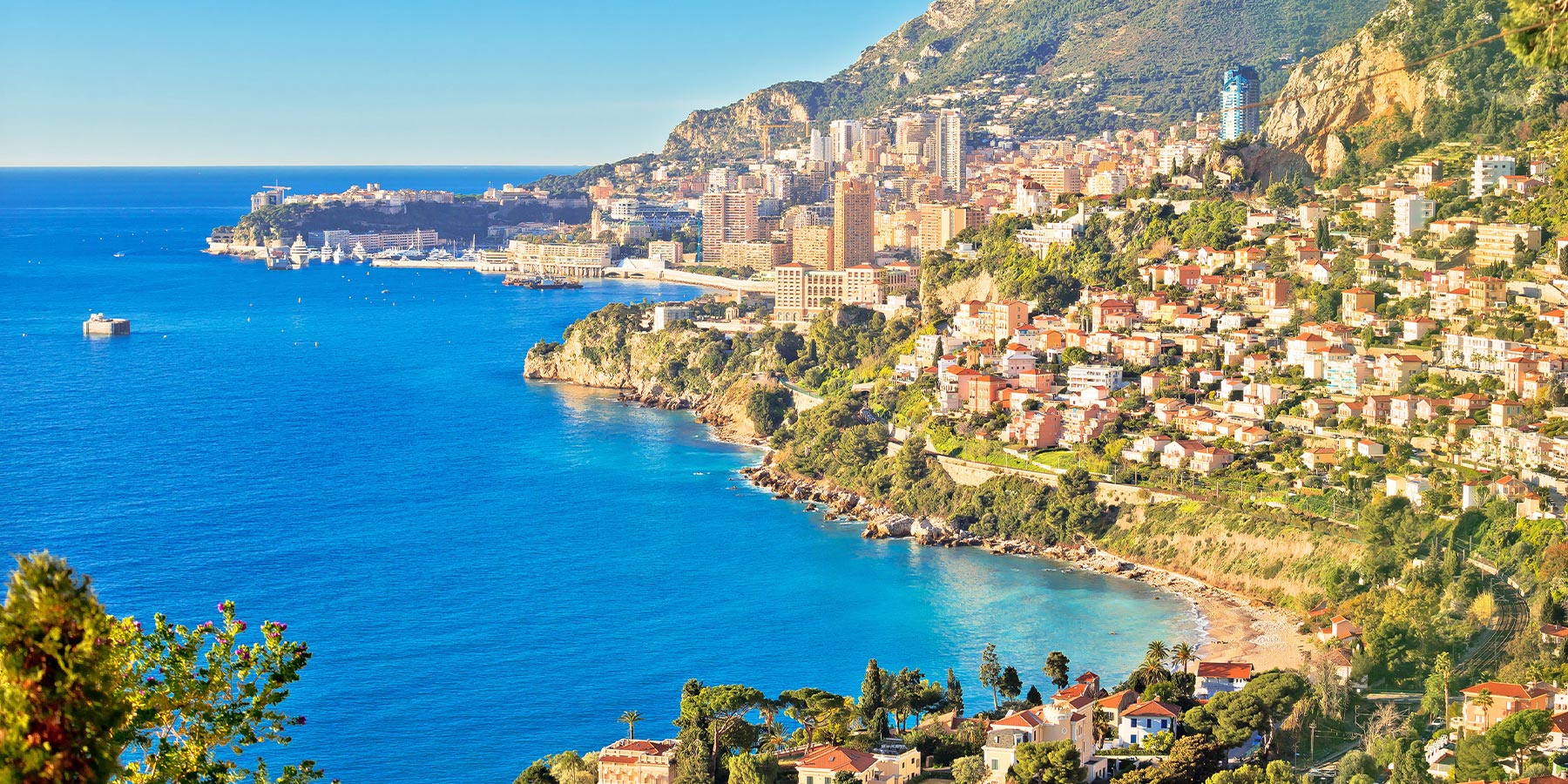
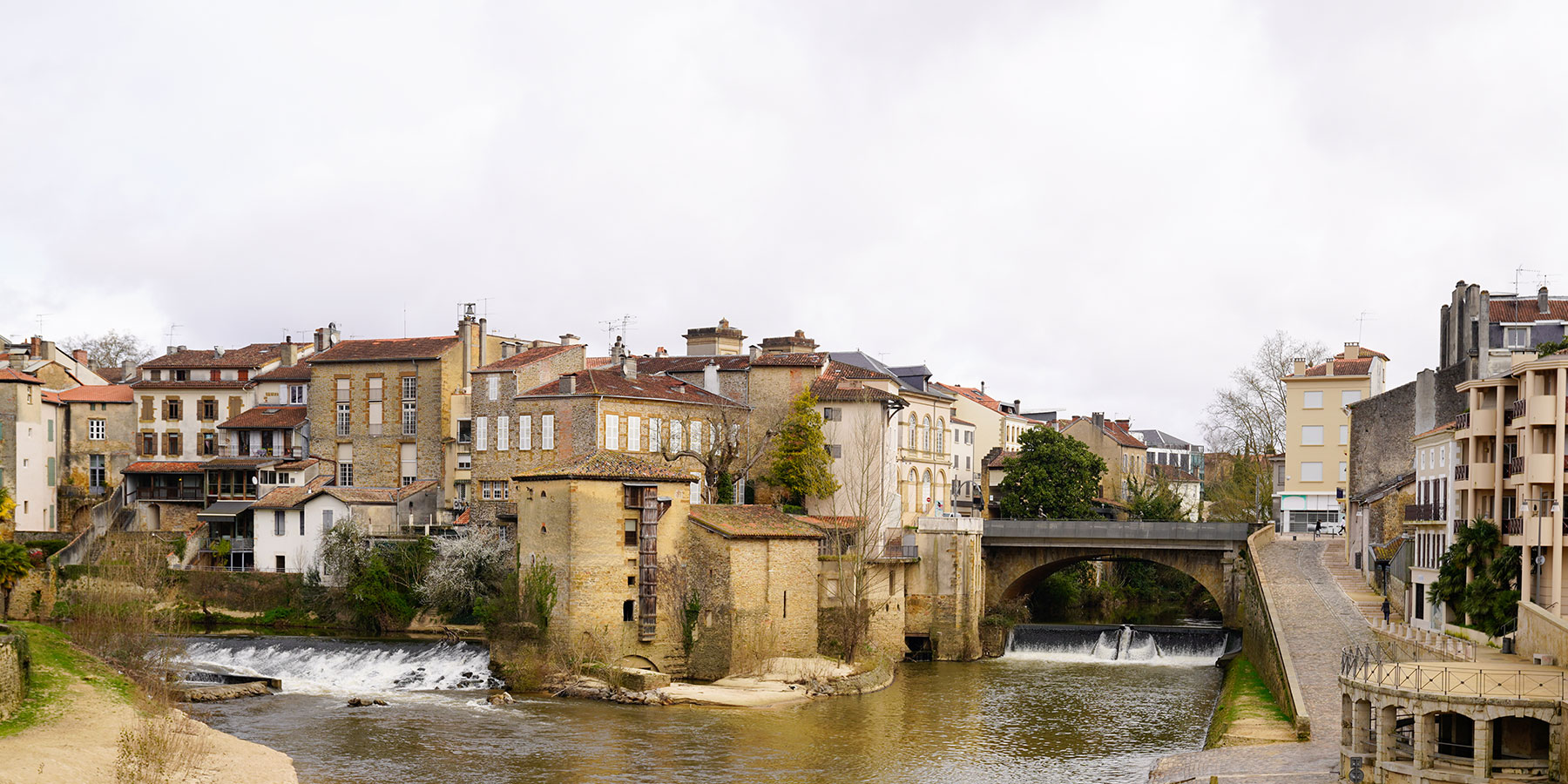
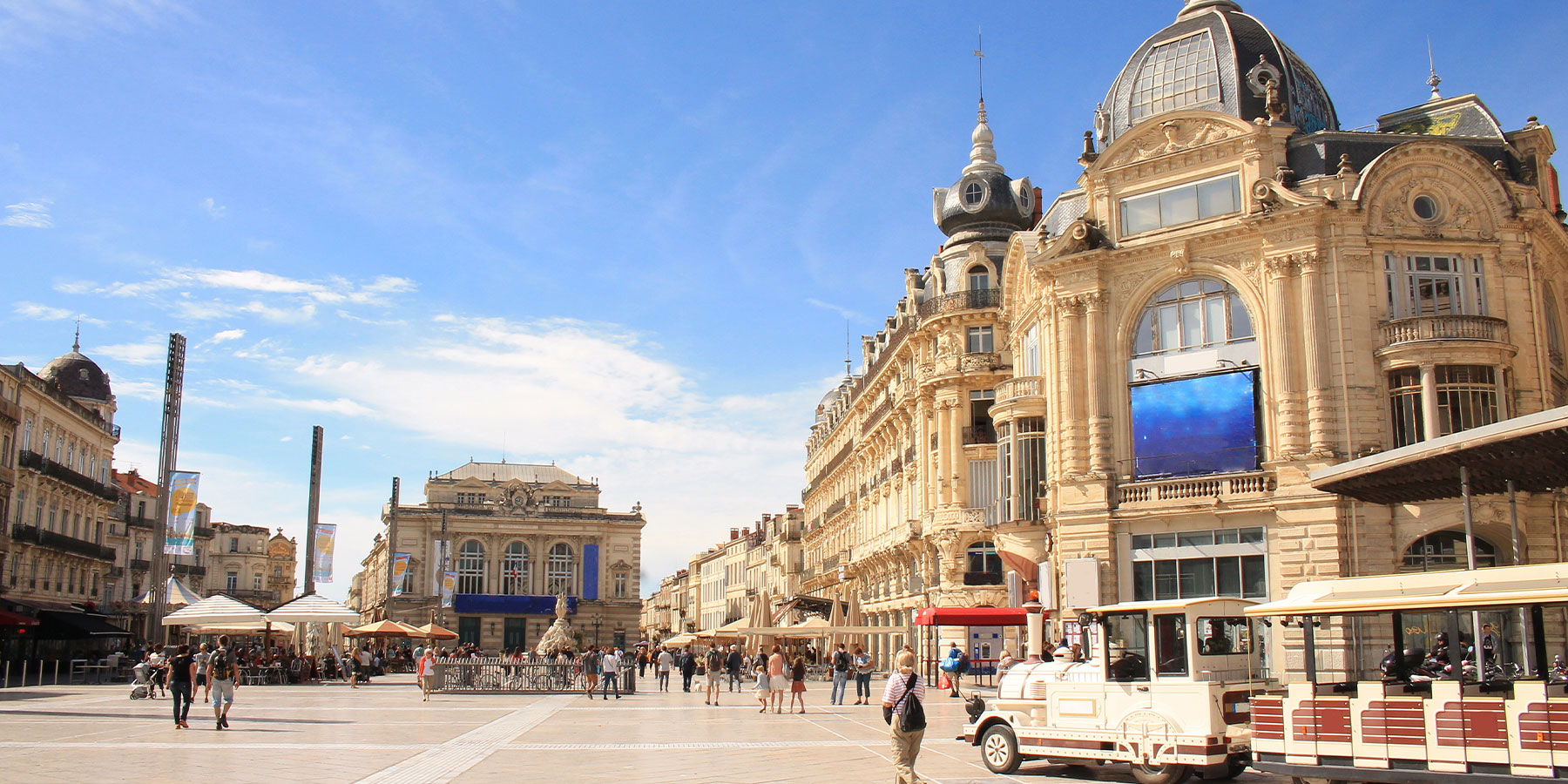
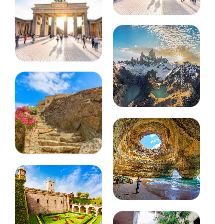

Comments